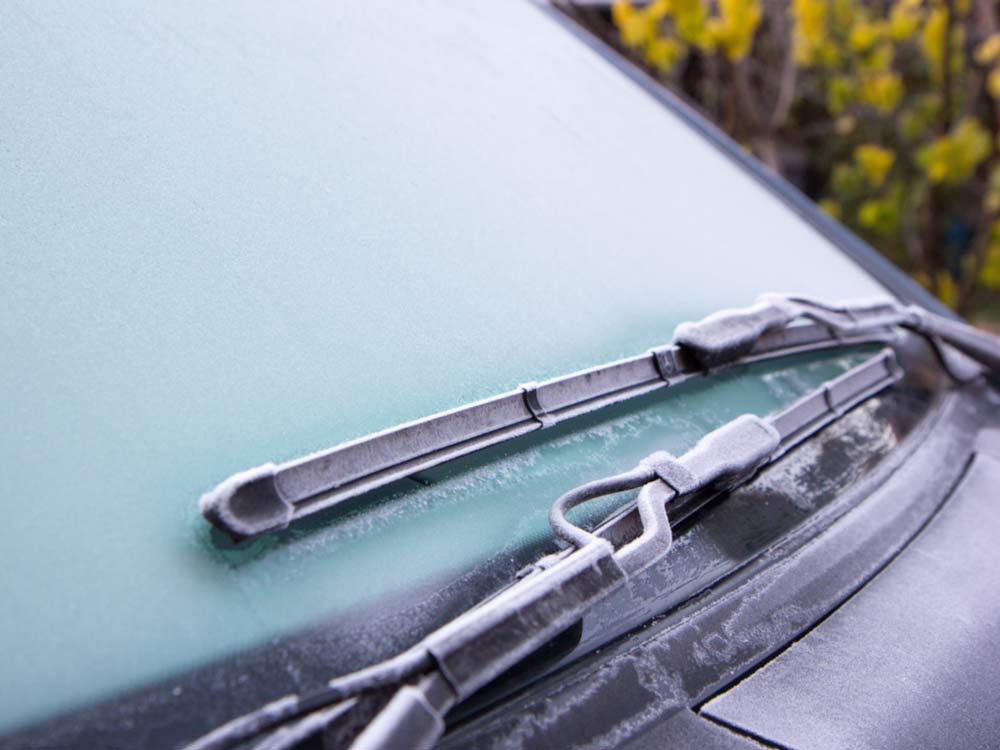Rainy days may be great for relaxing inside with a good book or movie, but they can be hazardous when driving with worn-out windshield wipers. Take some time to inspect your windshield wipers and maintain your car before the next rainy season. Find out how to find the right windshield wipers size and what the warning lights on your dashboard mean so you can be prepared for safe driving in rainy conditions.
What the Typical Cost of a Windshield Wiper Replacement Is
The cost of a windshield wiper replacement can vary depending on the type of windshield wipers you choose. Expect to spend between $15 and $40 for quality windshield wipers for your vehicle.
There are three common types of windshield wipers: conventional, beam and hybrid. Conventional wipers use a metal wire with a rubber blade. These are the most affordable and used to be the most popular. Most modern vehicles use beam blades due to their full rubber design. Unlike conventional blades, you won’t be risking scraping a metal rod across your windshield when your wipers wear out.
Hybrid windshield wipers are balanced between the two. They have a middle-of-the-road cost and efficiency. These wipers use a conventional design but include a durable rubber shell to protect the blade and metal support.
Shop at your local auto parts store for free installation of your windshield wipers. These components are easy to install on your own, but an auto parts technician would be happy to remove your old blades, ensure you select the correct replacement size and securely replace your wipers.
Do this before the rainy season to keep your vision clear. Worn-out wiper blades streak, scrape and don’t provide the sight lines you need while driving in the rain. If your old wipers are bent or otherwise damaged, they could damage your windshield wiper arms or motors with continued use.
What Each Light on Your Dashboard Means
Explore the meaning of the lights on your dashboard to stay safe while you drive. It can be tough to know what to do when a check engine, high coolant temperature or other warning light comes on.
The most common dashboard light is your check engine light. This light not only turns on when there is an issue with your engine, but it is connected to a number of systems. Some of the most common check engine light issues include a damaged mass airflow sensor, loose gas cap and faulty spark plugs.
Some vehicles have more warning lights than others. For a full list of each dashboard lights meaning, check this online database or stop by your local auto parts store. An auto parts technician can read the error code on your vehicle for free with an error code scanner. This convenient tool allows you to pinpoint the affected system and quickly find the recommended replacement part.
Use these resources to diagnose any warning light before it creates additional problems. If any warning light is blinking or red, it’s a sign that you need to immediately find the solution. A yellow or orange warning light may not be as serious, but still should be restored quickly to keep your vehicle safe.

